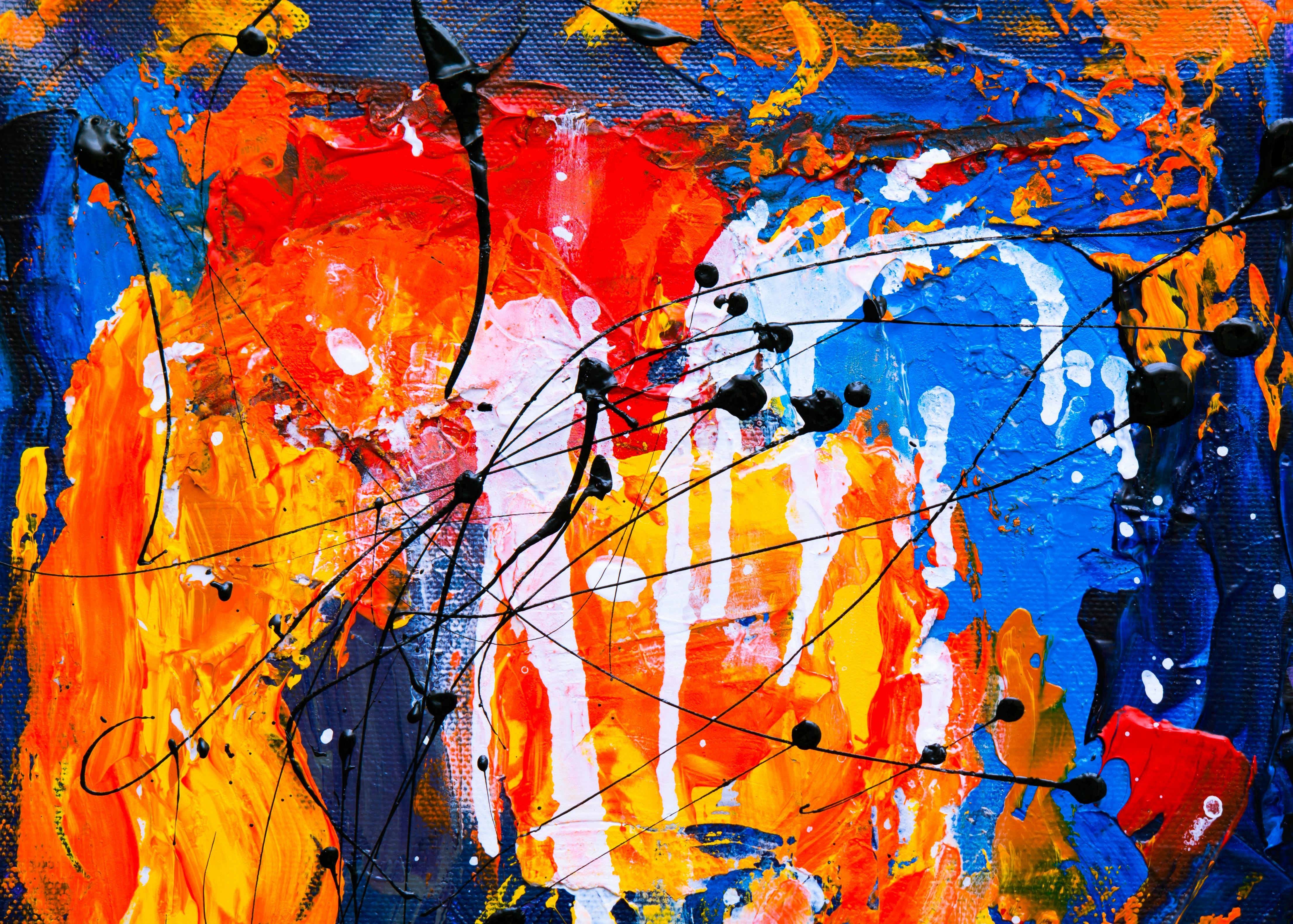Top 5 "Tricks" Every beginning hockey player should learn
When you are a beginner learning ice hockey, you must be proficient in ice skating and stick handling (passing, receiving and shooting the puck). Mastering these two skills can take years and years, but as a beginner you can distinguish yourself by learning a few “tricks.” These are smaller skill pieces that add a bit of flair and flair to your game. Whenever you see the experts play the game (college or professional), you can see these little bits of brilliance from each player when they are warming up and when they are playing. Here are five that your teammates will notice.
- Running on Ice: When you come out of the locker room and the ice door is open, try doing a little run on the catwalk. Once you get to the door, jump on the ice and start skating. I like this post for that pre-game skate. The smooth transition from “dirt” to ice demonstrates balance and a good understanding of skating. Plus, you just made a spectacular entrance!
- Jump on the boards: When you change lines in hockey, the open door is reserved for people coming off the ice. When you are inserted in the game, you should be standing next to the boards, so that you can jump on them and start skating to your position. Practice this, so that you get used to feeling the ice when jumping. You can straddle the boards, but I’ve seen players jump on them, and it looks very dramatic. I’ve also seen people fall when jumping over boards, and it’s a bit embarrassing, so practice this (see point 4 though).
- Picking up a puck: During a stop in the action of the game, if you are close to the puck, it is considered to pick it up and throw it to the nearest referee. This little action of lifting the puck with your hand will demonstrate your balance. Since you are holding a stick and wearing gloves, you will also need to practice removing the glove by tucking it under your arm. Bending down to pick up the puck involves stretching your legs and bending your knees so that you can reach the ice. When done correctly, it is a smooth movement. As your skills grow, you will be able to practice lifting the puck with the pole, but first master the manual lift.
- Appearing After Falling Down: As a beginner, you will fall down many times while learning and playing ice hockey. You should practice getting up from a fall as fast as you can. When I watch the pros play, they seem to “jump” on both feet after landing. This is something you can practice. Put on your shin guards (with knee pads), skate forward, and then get on your knees. Can you get off a skate? Do you know how you will push up to put the other leg under you? For a simpler exercise, kneel on the ice and then “jump” to your fastest skating speed. Remember, it’s not about how you fall, it’s how you get up.
- Dribbling the puck with your feet: As a beginner, it will be quite difficult to manipulate the puck with your baton, but take some time to get used to bouncing the puck on your skates. In practice, or warm-ups, spread your foot and try to “catch” the puck, just like in soccer. Then, once the puck is at your feet, try kicking it towards your skate. This is a good skill when you are fighting tables; it may be easier to kick the puck into an open space. One of the most common dribbling movements with the foot that you will see in expert players is to kick the puck that is somehow well behind them, all the way to the stick. It’s a real skill move, practical and beautiful to watch.
All sports are full of little tricks and hockey is no exception. I recommend these five to any beginner who is starting to play regularly.
